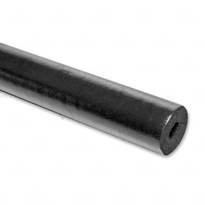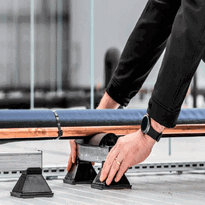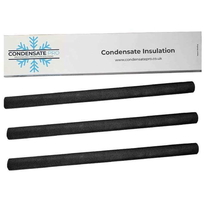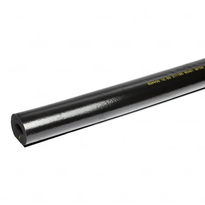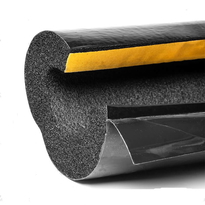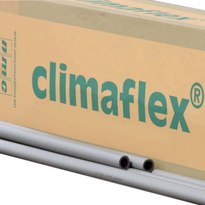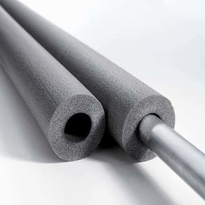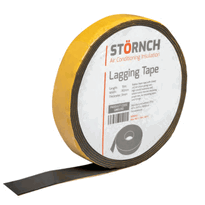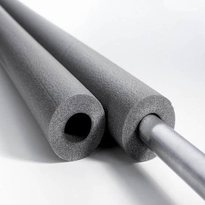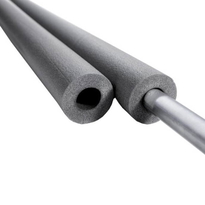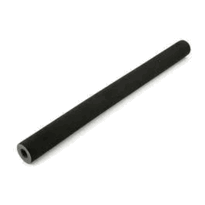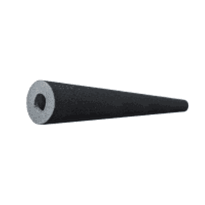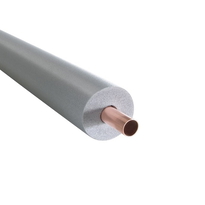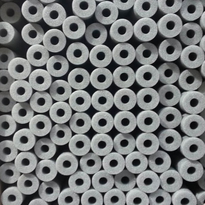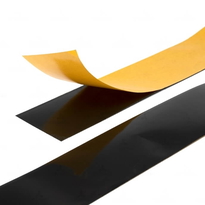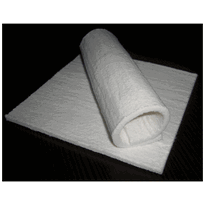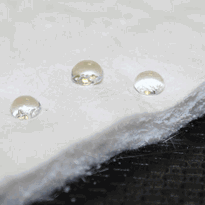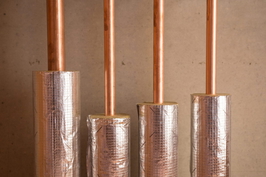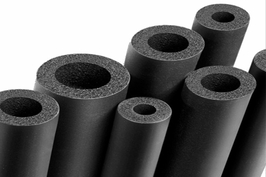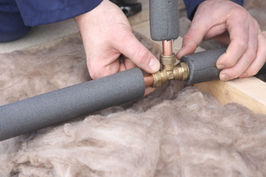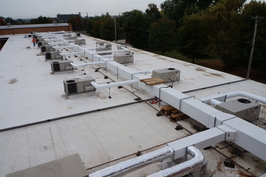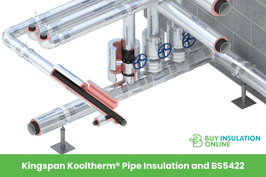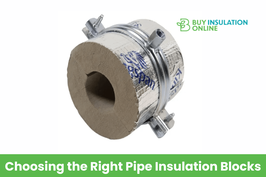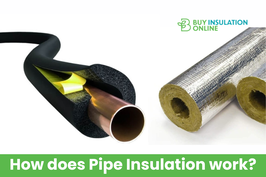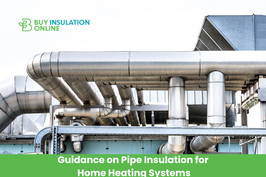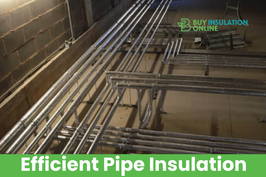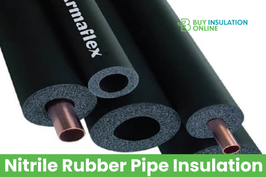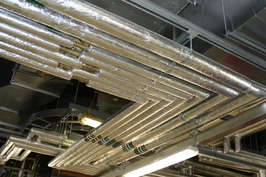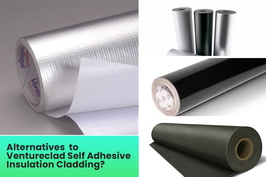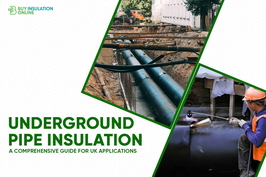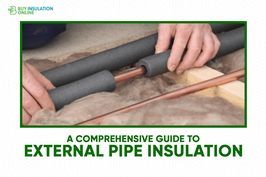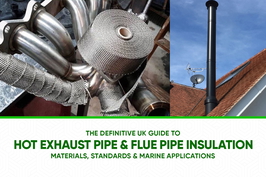Ac Drain Pipe Insulation
Insulating your air conditioning (AC) drain pipe is an effective way to prevent heat loss, minimize condensation, and protect against freezing temperatures. These issues can lead to water damage or system malfunctions if not addressed. Materials such as polyethylene or polyurethane foam are recommended for their excellent insulation properties and moisture resistance, making them suitable choices for use in the UK climate.
Proper installation is key to ensuring maximum benefits. Secure the insulation around the drainpipeusing zip ties or specialized tape, taking care to eliminate any gaps that could allow heat transfer or moisture ingress. Ensuring a snug fit helps maintain the integrity of the insulation and optimizes its performance.
The process of insulating your AC drain pipe can enhance your system’s energy efficiency by preventing unnecessary heat transfer. It also helps to minimize noise from the pipe and complies with typical building standards. Well-insulated drain pipes are less prone to freezing in colder conditions, reducing the risk of blockages and water damage.
For the best results, consider consulting detailed guides or professional advice tailored to your specific system and local environment. Effective insulation not only prolongs the lifespan of your AC system but also delivers significant long-term savings through improved efficiency and reduced maintenance needs.
Benefits of Insulating Your AC Drain Pipe
Insulating an air conditioning (AC) drain pipe offers numerous practical benefits that enhance the performance and longevity of your HVAC system. Proper insulation helps reduce heat loss, maintaining a steady pipe temperature and decreasing energy consumption. This can lead to lower utility bills and less strain on your cooling system.
Furthermore, insulation prevents condensation by keeping the surface of the pipe above the dew point temperature. This reduces water drips, minimizes the development of mold, and lessens the risk of corrosion. Proper insulation also mitigates the risk of pipe damage caused by thermal expansion and contraction, preventing potential leaks or ruptures.
In colder climates and during winter months, insulation protects the pipe against freezing, helping to avoid costly repairs and potential system failures caused by burst pipes.
Insulation also acts as a sound barrier; it diminishes operational noise, ensuring a quieter indoor environment. It may also reduce vibrations transmitted through the pipe, contributing to overall comfort inside your home.
In addition, insulating your drainpipepromotes system reliability and makes maintenance easier, as it helps keep the pipe in good condition for longer.
Materials and Methods for Effective Pipe Insulation
There are a variety of materials available for effective AC drain pipe insulation, each with specific properties that influence their suitability for different applications. Foam insulation tubes crafted from polyethylene or polyurethane foam are among the most commonly used because of their ease of installation, flexibility, and low thermal conductivity. These qualities help prevent heat loss and protect pipes from freezing. They are also resistant to mold and mildew, which can accumulate in moist environments. Fibreglass wraps also provide both thermal and acoustic insulation. However, they require careful handling during installation and must be sealed with vapour barriers to prevent moisture absorption, which could degrade their insulating properties over time. Elastomeric rubber insulation offers excellent flexibility and moisture resistance, making it particularly suitable for cold lines and refrigerant pipes. Its durability and reliable performance make it a popular choice in various environments. Proper installation practices are essential for maximum effectiveness. Foam insulation tubes should simply be snapped around the pipes, ensuring snug contact. When using fibreglass wraps, layers should be overlapped for continuous coverage. All joints and overlaps should be sealed with vapour barriers or appropriate tape to prevent moisture ingress. Securing the insulation with zip ties or adhesive tapes is crucial, especially around bends and complex sections. This helps maintain continuous coverage and ensures the insulation remains in place, thereby offering the desired thermal protection and reducing the risk of condensation or freezing issues.
Installation Guidelines and Building Code Considerations
When installing AC drain pipe insulation in residential and commercial buildings, it's crucial to adhere to recognized guidelines and building regulations to guarantee safety, efficiency, and compliance with legal standards. Insulation should be selected based on the specific requirements of the installation, especially in relation to the temperature of the fluids involved, such as condensate and refrigerant lines. For pipes carrying fluids above 45°C or below 13°C, insulation with appropriate thermal properties, such as a suitable K-Value or U-Value, should be employed to minimize heat transfer and prevent condensation. Applicable building codes mandate specific insulation standards to ensure compliance and safety. Horizontal sections of piping located in warm areas, like attics or roof spaces, must be properly insulated to avoid moisture accumulation and potential water damage. External pipes are subject to weather conditions and should be protected with coverings resistant to water ingress, UV radiation, and physical knocks to ensure durability and longevity. These protective covers should be suitable for outdoor environments and conform to relevant standards. All insulation materials and installation methods must comply with recognized standards, such as the British Standards (BS) and building regulations applicable in the UK, including the UK Building Regulations Part L and relevant sections of the IET Wiring Regulations. The thickness and type of insulation should be determined based on the pipe size and the operational temperature of the fluids, ensuring optimal thermal performance. Selecting proper insulation materials for different environments is essential to prevent energy loss and ensure durability. Proper routing of pipes during installation is essential; this includes maintaining air gaps where necessary, especially for condensate lines, and ensuring the insulation is correctly fitted without gaps or compression. Correct placement and securing of insulation help maintain system integrity over time and reduce the risk of moisture ingress or energy loss.
Cost Savings and Environmental Advantages
Proper insulation of air conditioning (AC) drain pipes provides notable cost savings and environmental benefits by reducing energy use and decreasing operational costs.
Insulating pipes can lower heating and cooling energy requirements by approximately 10% to 20%, leading to daily savings for households and commercial premises. For example, a well-insulated 25 mm pipe can significantly reduce heat loss from around 900 kJ/m per hour to just 300 kJ/m per hour, resulting in annual fuel savings of roughly £20 per meter, depending on system size and usage. Properly installed insulation enhances overall system performance. Larger pipes, such as those used in steam systems, can achieve even greater savings, roughly £100 per meter annually.
Environmentally, insulating pipes cuts energy demand, which in turn reduces greenhouse gas emissions and supports sustainability goals.
Insulation also helps prevent condensation, mold growth, and corrosion, thereby prolonging the lifespan of equipment and reducing maintenance costs.
These combined advantages demonstrate that investing in pipe insulation is both economically sensible and environmentally responsible, making it a practical choice for cost-effective energy management in the UK.
Conclusion
Insulating an air conditioning drain pipe is essential to prevent condensation accumulation, minimize the risk of water damage, and enhance the overall efficiency of the system. Selecting suitable materials and adhering to installation guidelines not only ensures compliance with UK building regulations but also maximizes the benefits of insulation.
Properly insulated pipes can lead to energy savings by reducing heat transfer and preventing potential issues caused by moisture. Additionally, effective insulation can lower maintenance costs and extend the lifespan of the air conditioning system.
Implementing sound insulation practices offers a practical and sustainable solution, helping to maintain optimal system performance while protecting property infrastructure over time. Ensuring that the insulation is correctly installed and durable will provide long-term protection and reliability for your air conditioning setup.
